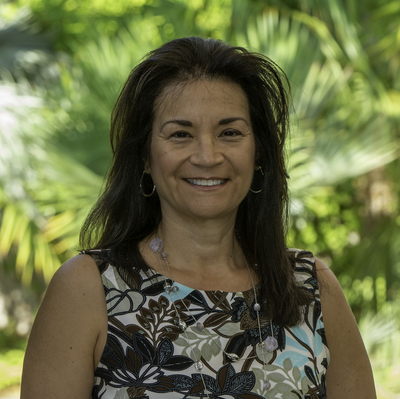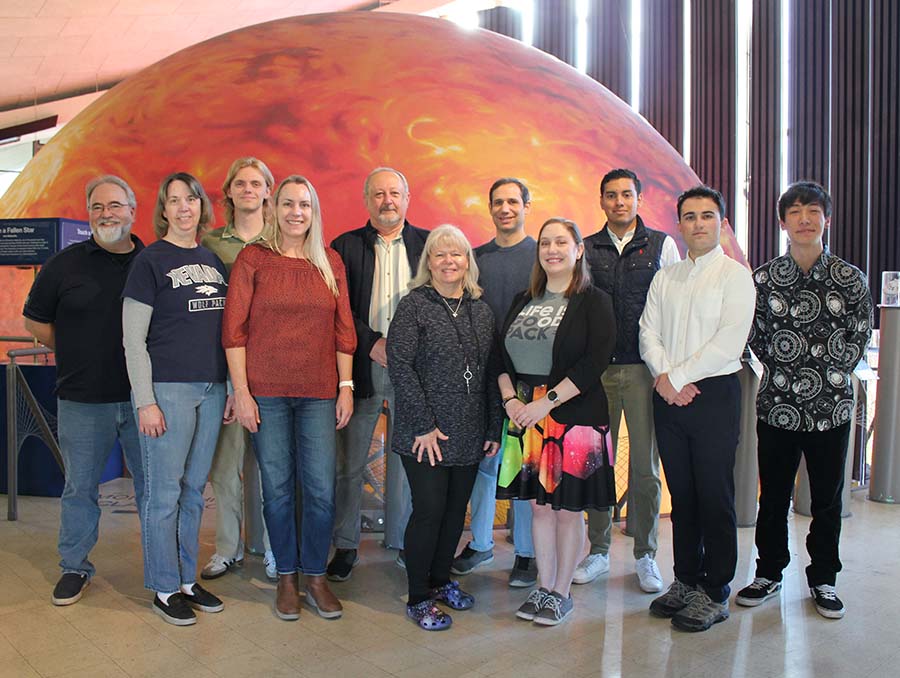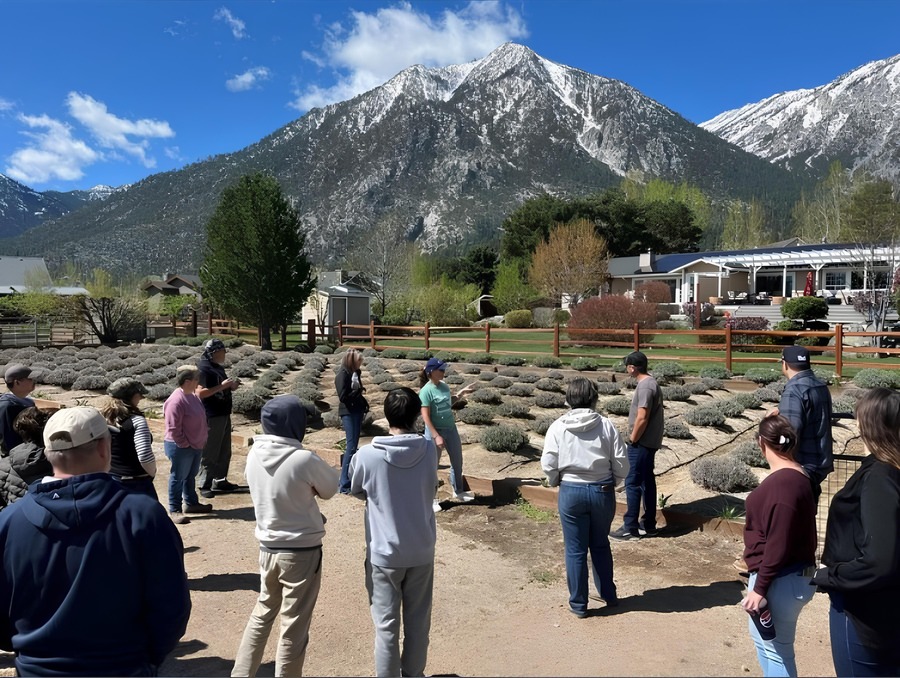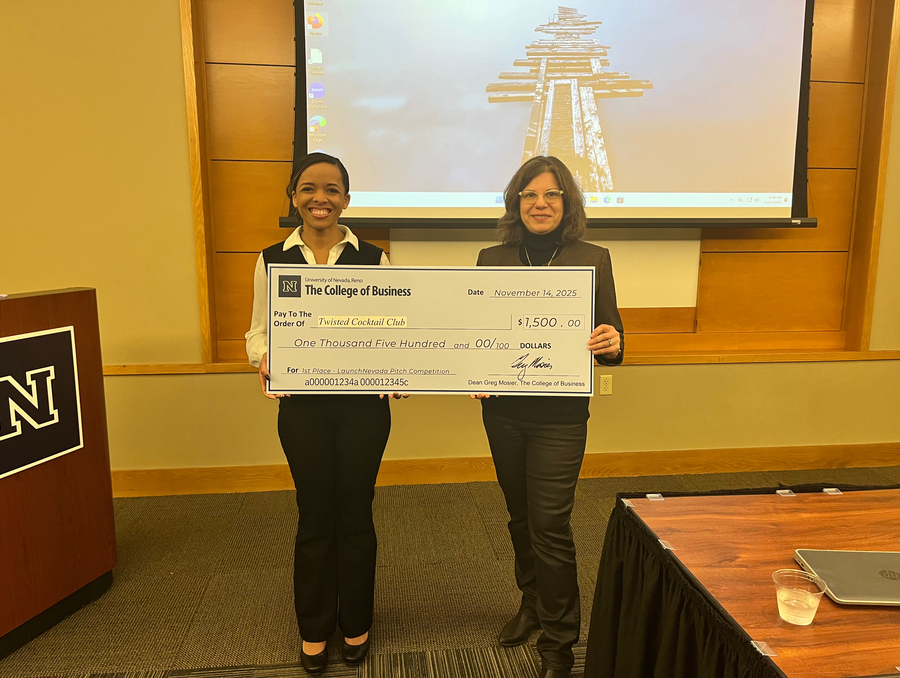On the lookout for baby food that does no harm
What we can do to ensure our babies get the most wholesome food
I recently became an abuelita, which is the affectionate Spanish term used for grandmother, so I care greatly about what my sweet little twin grandbabies eat. Of course, being a dietitian and a public health professional also factor into my reasons for caring about our food supply, so one can only imagine my concern about a recently released Congressional report titled, Baby Foods Are Tainted with Dangerous Levels of Arsenic, Lead, Cadmium, and Mercury.
The Subcommittee on Economic and Consumer Policy found that internal documents from four of the seven major baby food manufacturers revealed that baby food containing heavy metals was allowed into the food supply – the other three manufacturers chose not to participate. Of note is that there are no Food and Drug Administration standards for maximum levels of heavy metals in baby foods, except for inorganic arsenic, so baby food manufacturers are not violating food safety regulations. However, the FDA and the Environmental Protection Agency have set maximum levels for these metals in bottled water because they can be harmful depending on exposure.
You may wonder how arsenic, lead, cadmium and mercury make their way into baby food. A couple of possibilities include the raw ingredients used or the ingredients added by the baby food manufacturer. Heavy metals can enter our food supply through water, as seen with methylmercury and fish, or soil, where it can contaminate plants such as rice and vegetables. The origin of the heavy metal may be natural, as metals like cadmium and arsenic may be found in the Earth's crust, or they may be a result of pollution. The Congressional report cited that some manufacturers add a vitamin/mineral mix to baby food, which may also contain these heavy metals.
Governmental and public health agencies have warned the public about reducing exposure to heavy metals, and with good reason. For example, the Centers for Disease Control and Prevention state that there is no safe level of lead exposure in children because it can lead to serious health problems, impairing cognitive development and growth. Exposure to arsenic over time can cause damage to the liver and to the nervous and cardiovascular systems. Children, especially babies, are small and rapidly undergoing growth and development, which makes them especially vulnerable to the effects of heavy metal exposure.
It is important to recognize that heavy metal exposure isn't limited to what we eat or drink, it also includes environmental and occupational exposure. The air we breathe, the homes we live in, or the places where our babies and children play may be contaminated. Also, concerning babies, breastfeeding mothers may pass heavy metals on to their babies in their breast milk after occupational exposure. People who work in construction, mining, smelters, shooting ranges, battery or electronics recycling, welding, or even some of the arts may have greater exposure than people in other occupations. Since exposure to heavy metals is cumulative and can occur from so many different sources, it is important to reduce our exposure wherever we can and where it might be easiest to do.
Unfortunately, much of this information has been learned at the expense of precious young children's lives in the U.S. and other countries. However, we can apply what we learn to improve our children's health and that of future generations. The recommendations contained in the Congressional report call for tighter regulations requiring mandatory testing by baby food manufacturers, labeling disclosures, phasing out of problematic ingredients, creating FDA standards and parental vigilance. The FDA has established a Toxic Elements Working Group that is seeking to reduce exposure to toxic elements in food.
In the meanwhile, what can we do to ensure our babies get the most wholesome food?
- Make your own baby food. Although you can invest in all of that expensive baby food-making equipment, you simply don't need it. Fruits and vegetables may be prepared raw as with bananas or avocadoes, steamed as with pears or broccoli, boiled as with apples or carrots, or baked as with peaches or sweet potatoes. When they're tender, mash or puree them in a blender or food processor. Once done, place in individual serving containers or freeze in small batches. An ice cube tray is great because you can pop the frozen baby food cubes out, which are just about the right size, and save them in a freezer bag. Before serving, you may want to add water, breast milk or formula to achieve a thinner consistency, especially for beginning eaters.
- Add variety to your baby’s diet. One of the reasons dietitians encourage variety is to help lower exposure to heavy metals, which may be found in greater concentrations in certain foods. If you need to use commercial baby food, choose a variety of different ones and read the label to determine what the true ingredients are. You can get creative and blend foods such as avocado with bananas. Try different grains other than rice, including oats, quinoa, couscous or bulgur. Once baby has gradually tried five to seven new foods with no problem, you can introduce others in pureed or mashed form from all of the food groups in no particular order, but save the liquid milk until after baby’s first year.
If you are inspired to do more, visit the Academy of Nutrition and Dietetics Kids Eat Right section focused on babies to learn more, such as how to make your own baby food. To learn more about toddler or preschooler nutrition, check out Extension’s Healthy Kids Resource Center Nutrition Toolbox. It brings me so much joy to watch my twin grandbabies’ expressions as they try new foods, and peace of mind about the safety of the foods they eat is priceless!














